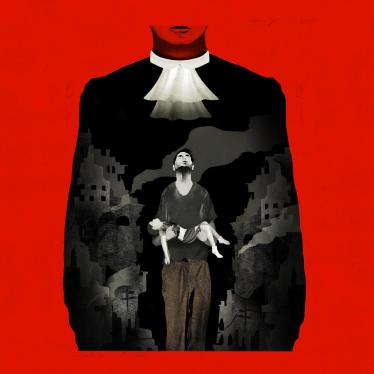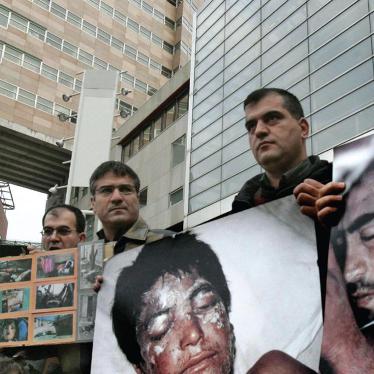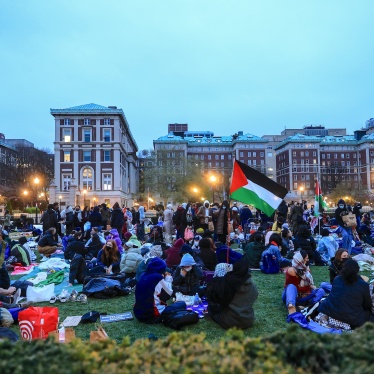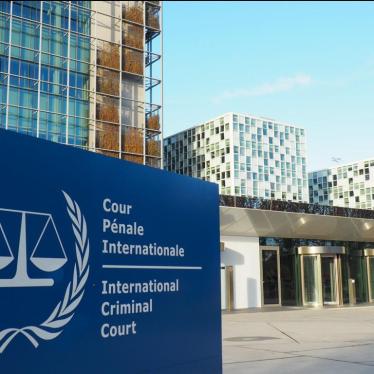Human Rights Watch charged today that the Russian government's investigation into the mass grave site discovered in late February near the main Russian military base in Chechnya has been absolutely inadequate.
"The Russian government's investigative efforts have been a sham," said Holly Cartner, executive director of the Europe and Central Asia division of Human Rights Watch. "Such inadequate investigative efforts in this case are typical of Russia's general failure to carry out meaningful investigations into widespread violations of human rights and humanitarian law that have been perpetrated by its troops over the entire course of the conflict in Chechnya."
I
n a background memorandum released ahead of the U.N. Human Rights Commission vote on Chechnya, Human Rights Watch assesses the Russian government's investigation and concludes that it could not be viewed as either thorough or credible. Human Rights Watch found that:
As a result of an inadequate identification procedure for the bodies, the premature burial of thirty-four unidentified bodies; the failure to record and preserve important evidence; and inadequate autopsies of at least two-thirds of the bodies; important evidence that could have led to identification of the perpetrators has been lost.
"The Russian authorities have made no serious efforts to investigate and prosecute other atrocities committed by Russian forces during the Chechen conflict. What would make anyone think it will be different with the investigation of this mass grave?" said Cartner. "Given the government's failure to preserve crucial evidence and its haste to bury unidentified bodies, an international commission of inquiry is the only way we will ever discover the truth about the bodies found in the mass grave."
The mass grave was discovered on February 24, in the village of Dachny (also called Zdorovye), located less than a kilometer from the main Russian military base in Chechnya. Fifty-one bodies were discovered at the site. At least sixteen of the nineteen bodies that were ultimately identified by relatives were the remains of people who were last seen alive in the custody of Russian federal forces. Most were in civilian clothing, some were blindfolded, and many had their hands or feet bound, and most bore unmistakable signs of torture. Injuries commonly found on the bodies included broken limbs, scalped body parts, severed fingertips, and knife and gunshot wounds.






